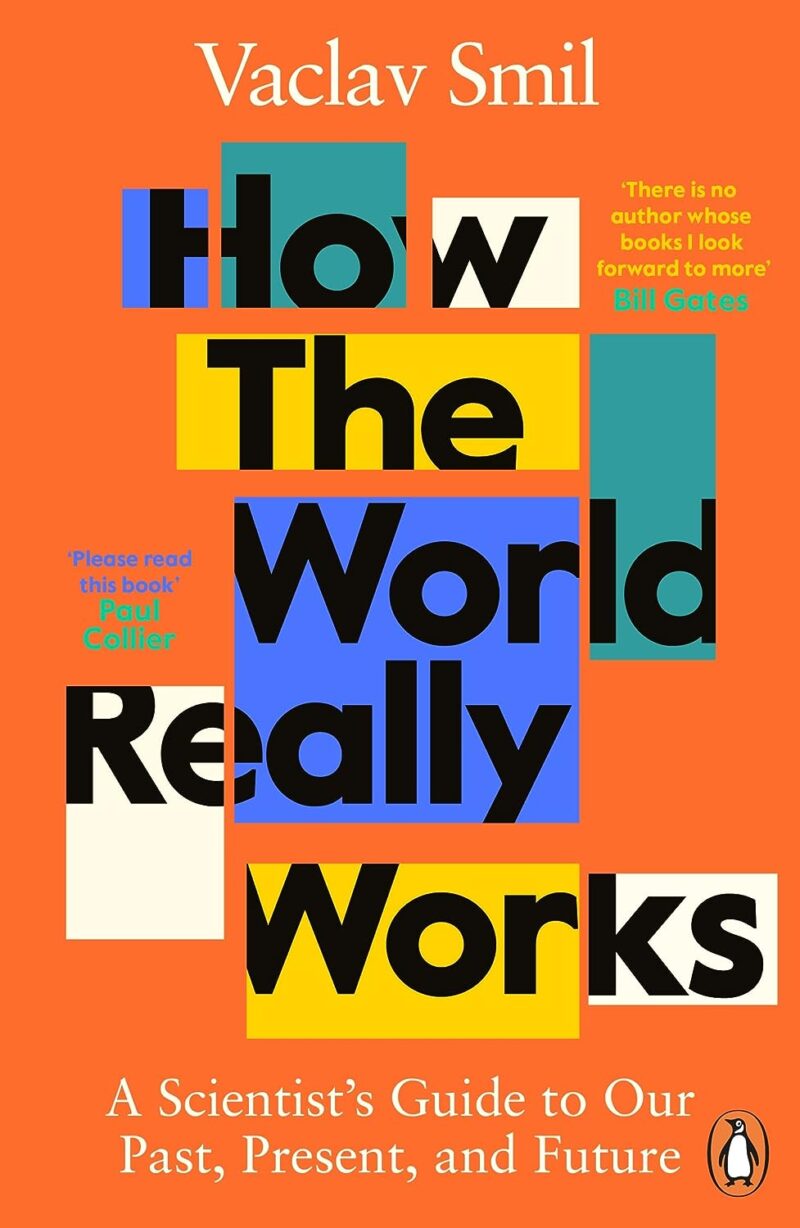"Deciphering Global Ties: Smil's Exploration of World Systems"
Vaclav Smil's "How the World Really Works" delves into global systems, highlighting the intricate interconnectedness of economics, culture, technology, and ecology.
Subjects: Economics, Geopolitical
In today’s age of rapid globalization and digital interconnectedness, understanding the intricate systems that shape our world is more crucial than ever. Vaclav Smil’s “How the World Really Works” stands as a monumental work that delves deep into these systems, offering readers a panoramic view of the myriad processes that govern our globalized existence.
Vaclav Smil, a Distinguished Professor Emeritus at the University of Manitoba, is renowned for his ability to dissect and elucidate complex subjects. In “How the World Really Works,” he brings his formidable expertise to bear, crafting a narrative that is both comprehensive and deeply insightful.
The Tapestry of Interconnectedness
Central to Smil’s exploration is the concept of interconnectedness. He posits that our world, in all its complexity, is akin to a vast tapestry, where threads of economics, ecology, culture, and technology intertwine in intricate patterns. These threads, while distinct, are inextricably linked, each influencing and being influenced by the others.
For instance, Smil delves into the world of trade, highlighting how the flow of goods, services, and capital across borders is not just an economic phenomenon but also has profound implications for cultures, societies, and even individual identities. He cites data from the World Trade Organization and the World Bank, weaving together a narrative that showcases how trade policies in one part of the world can ripple through global supply chains, affecting industries, jobs, and lifestyles in distant regions.
Similarly, Smil explores the realm of digital interconnectedness, examining how the rise of the internet and digital technologies has reshaped our world. From the spread of information and ideas to the emergence of global online communities, the digital revolution has blurred geographical boundaries, creating a world where events in one corner can have immediate repercussions across the globe.
Quotable Insights on Interconnectedness
Smil’s insights into interconnectedness are peppered with memorable quotes that drive home the concept’s profundity. One such gem is: “In our globalized world, no thread stands alone; each is part of a larger weave, and to tug on one is to affect the entire tapestry.” This encapsulates the essence of the book, emphasizing the delicate balance and interplay of global systems.
Real-World Relevance and Examples
To ground his exploration in reality, Smil offers a plethora of real-world examples. He discusses the phenomenon of overtourism, showcasing how the global tourism industry’s growth, driven by economic aspirations, has had cascading effects on local cultures, environments, and infrastructures. Such examples serve as poignant reminders of the tangible impacts of interconnectedness in our daily lives.
In Conclusion
“How the World Really Works” is more than just an academic exploration; it’s a journey into the heart of our globalized existence. Vaclav Smil’s deep dive into interconnectedness offers readers a lens through which to view the world, illuminating the intricate systems and processes that shape our lives. In a world where actions and events are increasingly interlinked, this book stands as a testament to the importance of understanding the deeper currents that flow beneath the surface. It’s a must-read for anyone seeking to navigate our complex, interconnected world with insight and foresight.
#Vaclav Smil, #global systems, #interconnectedness, #economics, #culture, #technology, #ecology, #world dynamics, #globalization, #intricate relationships




